Key Takeaways
Pop culture event figurines serve as three-dimensional snapshots of significant moments, blending artistry with historical preservation. These collectibles often capture iconic characters, symbols, or scenes tied to cultural milestones—from movie premieres to championship games—transforming fleeting events into lasting artifacts.
"Figurines act as tactile storytellers, allowing people to hold fragments of history in their hands," notes Dr. Elena Torres, a cultural historian specializing in material culture.
A key feature of these items is their dual role: they cater to nostalgia while educating newer generations about past events. For example, limited-edition figurines commemorating a decade-defining concert or a groundbreaking film release often include subtle design elements that reflect the era’s aesthetics.
| Aspect | Example | Cultural Function |
|---|---|---|
| Nostalgia | 1990s cartoon revival figurines | Connects adults to childhood memories |
| Historical Reference | Apollo 11 anniversary astronaut | Teaches space exploration history |
| Artistic Detail | Hand-painted concert stage replicas | Celebrates craftsmanship and design |
To maximize their value, collectors should prioritize figurines with documented provenance or ties to verified events. This ensures authenticity and strengthens their role as historical objects. Furthermore, the emotional resonance of these pieces often sparks conversations across age groups, making them tools for intergenerational storytelling. As pop culture evolves, event-themed figurines continue to adapt, reflecting shifts in media, technology, and societal values.

Event Figurines as Cultural Time Capsules
Event-themed pop culture figurines serve as three-dimensional archives, capturing fleeting cultural moments in tactile form. Unlike traditional memorabilia, these miniature sculptures often incorporate precise details—from fashion trends to symbolic props—that mirror the zeitgeist of specific occasions. For instance, figurines commemorating a blockbuster film premiere might feature costumes worn by actors during red-carpet events, preserving not just the film’s legacy but also the broader cultural atmosphere of its release era. Materials like resin or advanced 3D-printed polymers ensure longevity, allowing future generations to analyze stylistic choices or societal values embedded in their design.
Such collectibles also act as bridges between personal and collective memory. A figurine celebrating a historic sports victory, for example, might evoke individual recollections of where fans watched the game while symbolizing national pride. Museums and private collectors increasingly recognize their value, with institutions like the Smithsonian occasionally acquiring [IP character sculptures] (https://en.artmovr.com/) to represent pop culture milestones. By freezing transient events in durable art, these objects invite reflection on how shared experiences shape identity—one meticulously crafted detail at a time.
Nostalgia in Pop Culture Collectible Design
Pop culture figurines designed for events often serve as emotional bridges to specific moments in time, capturing cultural milestones with striking detail. These miniature artworks tap into shared memories by recreating iconic characters or scenes from films, TV series, or historical events. For instance, a figurine modeled after a beloved superhero’s debut film appearance not only celebrates the character but also crystallizes the cultural excitement of its release era. This connection to the past is amplified through realistic sculpture techniques, which elevate the authenticity of facial expressions, costumes, and settings.
However, nostalgia in collectible design isn’t purely about replication—it’s about curation. Designers selectively emphasize elements that resonate most with audiences, such as retro color palettes or poses reminiscent of classic promotional art. By doing so, they transform objects into vessels of collective memory, allowing fans to revisit personal or generational experiences. The interplay between craftsmanship and cultural symbolism ensures these figurines transcend mere decoration, becoming tactile connections to stories that shaped popular consciousness.
Miniature History: Events in Figurine Form
Event-themed pop culture figurines distill pivotal cultural moments into palm-sized artifacts, creating three-dimensional timelines of shared experiences. Unlike traditional memorabilia, these collectibles often blend historical accuracy with stylized design, freezing events like music festivals, film premieres, or sports championships in dynamic poses and era-specific details. A Cartoon sculpture of Woodstock ‘69, for instance, might combine psychedelic colors with exact replicas of period instruments, offering tactile access to counterculture history.
Such figurines function as micro-archives, preserving not just visual cues but contextual symbolism. The 1989 fall of the Berlin Wall has been reimagined through figurines depicting both celebratory crowds and fragmented concrete, encoding geopolitical shifts in resin. Similarly, limited-edition figures marking the premiere of Star Wars in 1977 often include hidden references to the film’s production challenges, layering storytelling within their craftsmanship.
This fusion of documentary intent and artistic license allows event figurines to serve dual purposes: as nostalgic keepsakes for participants and educational tools for newer generations. By translating ephemeral happenings into enduring objects, they transform collective memory into something holdable, bridging the gap between historical abstraction and personal connection.
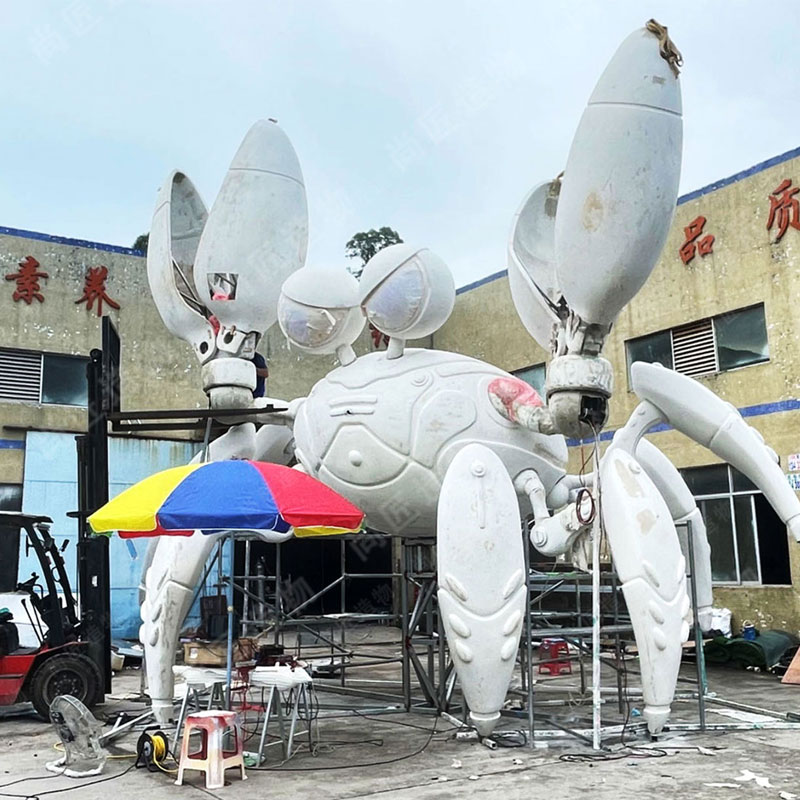
Bridging Generations Through Event Memorabilia
Event-themed pop culture figurines act as tangible bridges between age groups, offering shared touchpoints for storytelling and cultural exchange. These collectibles—whether commemorating a historic concert, a blockbuster film premiere, or a milestone sports victory—carry symbolic details that resonate with both older audiences who lived through the events and younger generations discovering them anew. For example, a Fiberglass sculpture crafted to mark a city’s centennial celebration might feature subtle nods to local legends, sparking intergenerational dialogues about community heritage.
The design of such memorabilia often blends retro aesthetics with modern craftsmanship, creating artifacts that feel familiar yet fresh. A parent who attended a iconic music festival in the 1980s might recognize the vibrant colors of a figurine modeled after the event’s stage, while their child connects with its stylized, contemporary finish. This duality not only preserves memories but also invites reinterpretation, allowing cultural narratives to evolve without losing their roots. By transforming fleeting moments into lasting physical forms, event figurines become tools for passing down stories, values, and collective identity across decades.
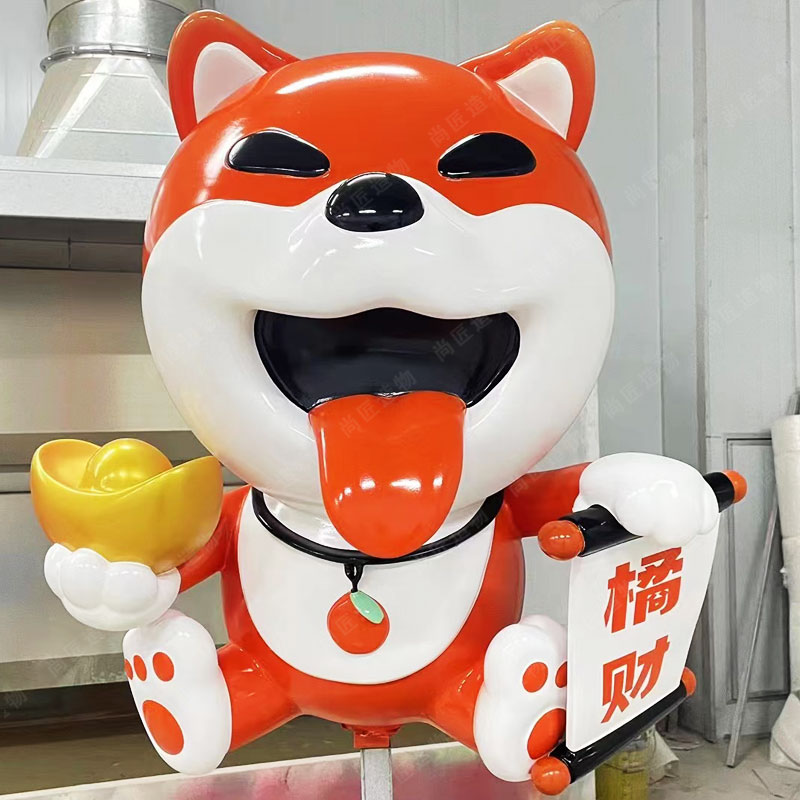
Artistry Behind Iconic Pop Culture Figurines
The creation of pop culture figurines demands meticulous craftsmanship, blending technical precision with creative storytelling. Artists often study historical archives, film stills, or comic panels to replicate iconic characters or moments with anatomical accuracy. Advanced sculpting techniques—from 3D modeling to hand-painted detailing—ensure that even miniature pieces capture facial expressions, costumes, and dynamic poses authentically. For instance, kinetic sculpture principles are sometimes incorporated to mimic motion in figurines depicting action scenes, adding layers of realism. Materials like resin or polystone allow for intricate textures, while limited-edition finishes elevate their status as art objects. Beyond aesthetics, these designs encode cultural context: a figurine’s posture might reference a film’s pivotal scene, or its color palette echo a decade’s visual trends. This fusion of artistry and intentionality transforms memorabilia into tactile records of creative eras, inviting viewers to appreciate both the subject and the skill behind its immortalization.
Event Collectibles: Preserving Tangible History
Event-themed pop culture figurines serve as three-dimensional archives, transforming fleeting cultural moments into enduring physical artifacts. Unlike digital media or written records, these meticulously crafted pieces encapsulate the aesthetics, emotions, and social context of their time. For instance, figurines commemorating major film premieres or political milestones often integrate era-specific design elements, from clothing styles to symbolic props, offering future generations a tactile connection to the past. This preservation mirrors the durability seen in Stainless steel sculpture traditions, where material resilience ensures longevity. Collectors and historians alike value these items not just as decorative objects, but as accessible gateways to understanding societal shifts. By crystallizing events in miniature form, they bypass abstract historical narratives, instead providing a hands-on lens through which cultural evolution becomes relatable. Their role extends beyond mere nostalgia—they act as bridges, allowing disparate generations to engage with shared heritage through a universally understandable medium: art.
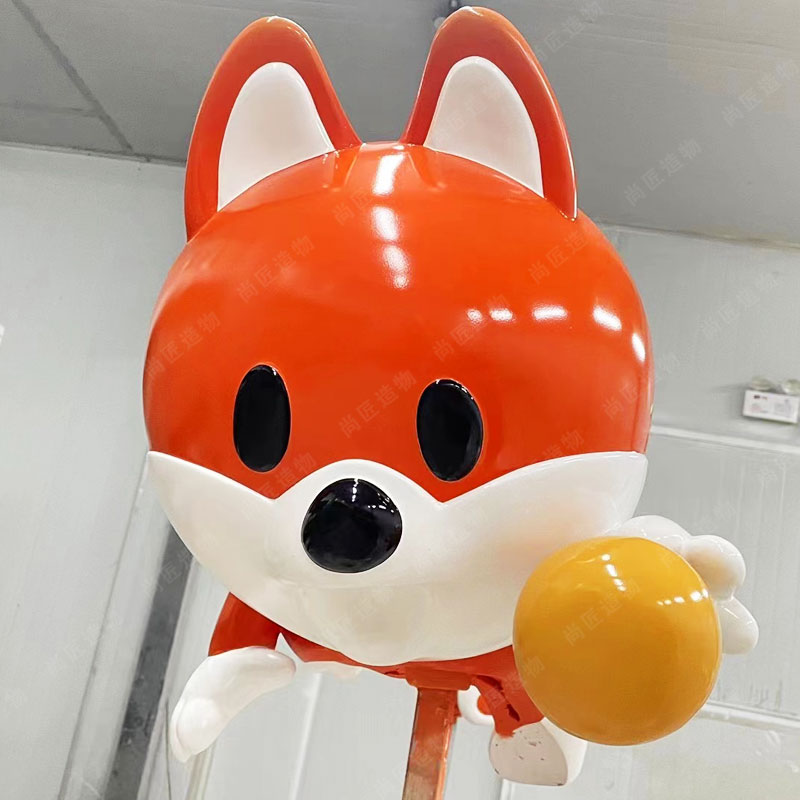
Emotional Resonance of Themed Event Figures
Themed event figurines transcend mere collectibility by acting as emotional anchors to shared cultural experiences. Unlike generic memorabilia, these miniature representations distill complex historical or pop culture moments into tactile forms, allowing individuals to physically reconnect with memories tied to specific times, places, or communities. For instance, a figurine commemorating a championship sports victory might evoke the collective euphoria of fans, while a movie-release collectible could crystallize the anticipation of a global premiere.
This resonance stems from their dual role as personal keepsakes and communal symbols. Fans often associate them with milestones—a concert attended with friends, a convention where fandoms converged, or a historic societal event witnessed collectively. Designers amplify this effect through intentional details: subtle references to viral moments, era-specific color palettes, or poses mirroring iconic photographs. Such choices transform static objects into storytelling devices that bypass language barriers, enabling cross-generational dialogue. When grandparents share a moon landing figurine with grandchildren, or coworkers display anniversary edition figures at offices, these objects become bridges between individual nostalgia and broader cultural narratives—a theme further explored in the article’s analysis of generational connections through event memorabilia.
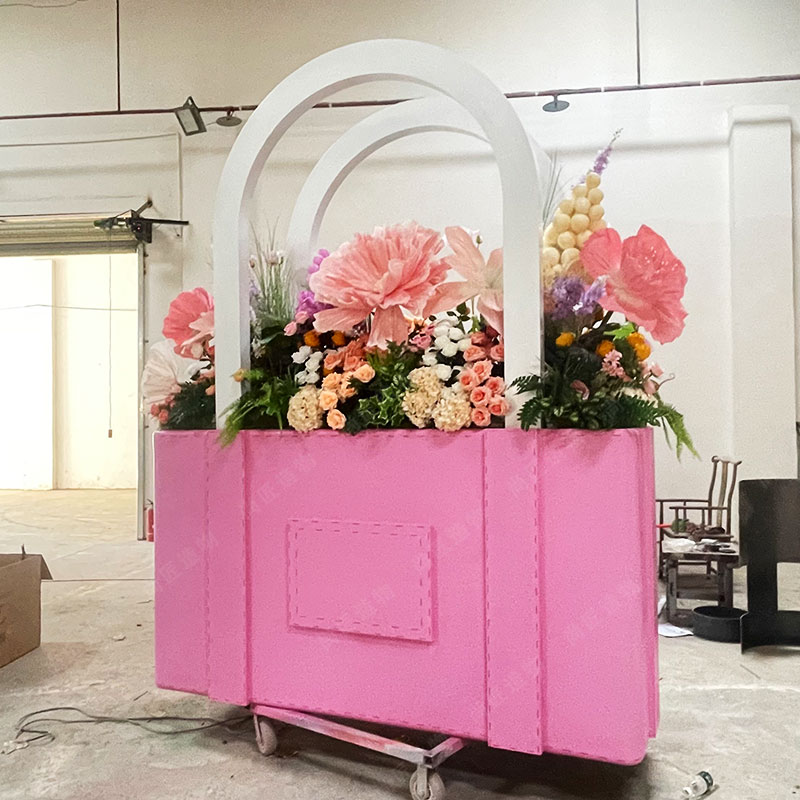
Trending: Event Figurines in Modern Culture
Event-themed pop culture figurines have surged in popularity, evolving from niche collectibles to mainstream cultural artifacts. These miniature representations now capture pivotal moments—from blockbuster movie releases to global sports tournaments—acting as three-dimensional snapshots of shared experiences. Unlike traditional memorabilia, modern designs blend nostalgia with innovation, incorporating materials like eco-friendly resins or interactive elements such as QR codes linked to event highlights. For instance, limited-edition figurines commemorating the Olympics or iconic concert tours often feature dynamic poses and intricate details that mirror the energy of live audiences.
The rise of social media has amplified their appeal, with platforms like Instagram fostering communities where collectors showcase themed displays or trade rare pieces. Meanwhile, brands leverage event figurines as marketing tools, releasing tie-in products for anniversaries or franchise milestones. This trend also intersects with generational storytelling, as parents introduce children to figurines representing historical events they witnessed. By merging artistry with cultural relevance, these objects transcend mere decoration, becoming tactile bridges between past and present—proof that even in a digital age, physical keepsakes retain power to unite and inspire.
Conclusion
Event-themed pop culture figurines ultimately transcend their role as mere collectibles, serving instead as dynamic markers of shared cultural memory. By capturing specific moments—from blockbuster film releases to historic sports victories—these miniature artifacts bridge the gap between personal nostalgia and collective historical awareness. Their designs often incorporate subtle references to the events they commemorate, inviting both casual observers and dedicated collectors to reflect on the societal shifts those moments represent.
The cultural value of such figurines lies in their ability to condense complex narratives into tangible forms. Through meticulous craftsmanship, artists distill emotions, aesthetics, and contextual symbolism into pieces that resonate across generations. As modern culture increasingly prioritizes digital experiences, physical event memorabilia gains renewed significance, offering a tactile connection to the past. Their enduring appeal underscores humanity’s innate desire to preserve fleeting moments, transforming ephemeral events into lasting cultural touchstones.
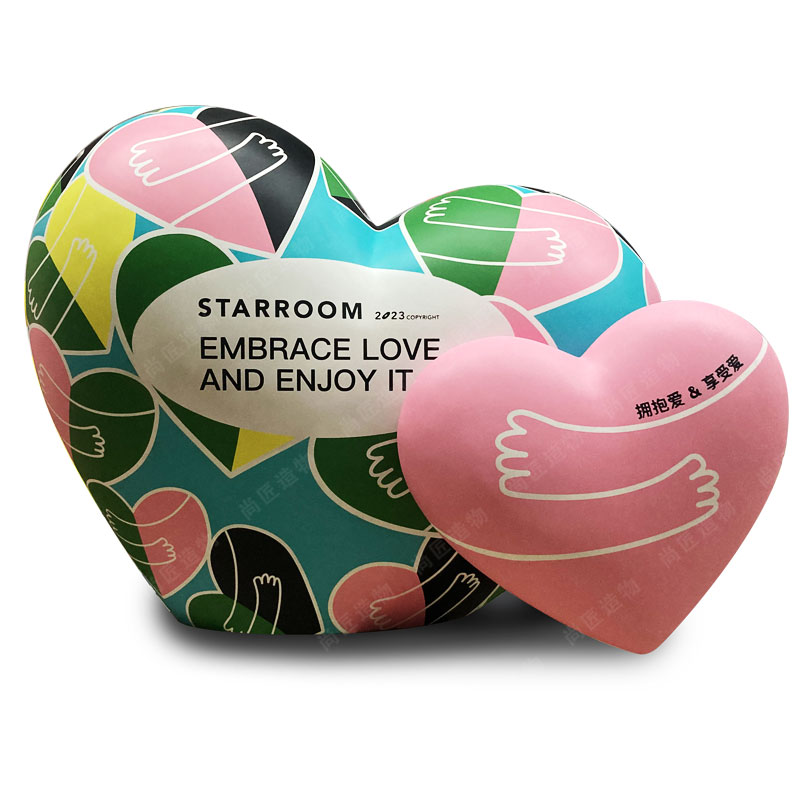
Frequently Asked Questions
What defines a pop culture figurine as "event-themed"?
Event-themed figurines are designed to commemorate specific cultural moments, such as film premieres, anniversary celebrations, or historic pop culture milestones. Unlike generic collectibles, they often incorporate symbols, dates, or contextual details tied to the event they represent.
How do these figurines hold cultural value?
By capturing iconic imagery or personas from pivotal moments, they serve as miniature monuments to shared cultural experiences. Their value lies in their ability to evoke collective memory, bridging personal nostalgia with broader historical narratives.
Are event figurines different from standard collectibles?
Yes. While standard collectibles focus on characters or franchises, event-themed pieces emphasize temporal significance. For example, a figurine marking a concert’s final tour integrates elements like stage designs or outfits unique to that period, creating a snapshot in time.
Can these items help preserve history?
Absolutely. Museums and archives increasingly recognize event figurines as tangible records of cultural trends. Their materiality—such as era-specific manufacturing techniques or packaging—offers insights into societal values and technological advancements of their time.
What role does artistry play in their design?
Designers balance aesthetic appeal with storytelling. Limited-edition releases might use mixed media, like metallic finishes or embedded LEDs, to mirror the atmosphere of the event. This elevates them from mere toys to narrative-driven art objects.
Why do people connect emotionally with event memorabilia?
They act as physical anchors for intangible experiences. Owning a figurine from a beloved concert or film launch allows individuals to revisit emotions tied to that moment, fostering a sense of continuity between past and present.
How are modern trends influencing event figurines?
Sustainability and interactivity are rising priorities. Brands now use biodegradable materials or QR codes linked to augmented reality content, merging traditional collectibility with contemporary environmental and digital sensibilities.
 ch
ch English
English





